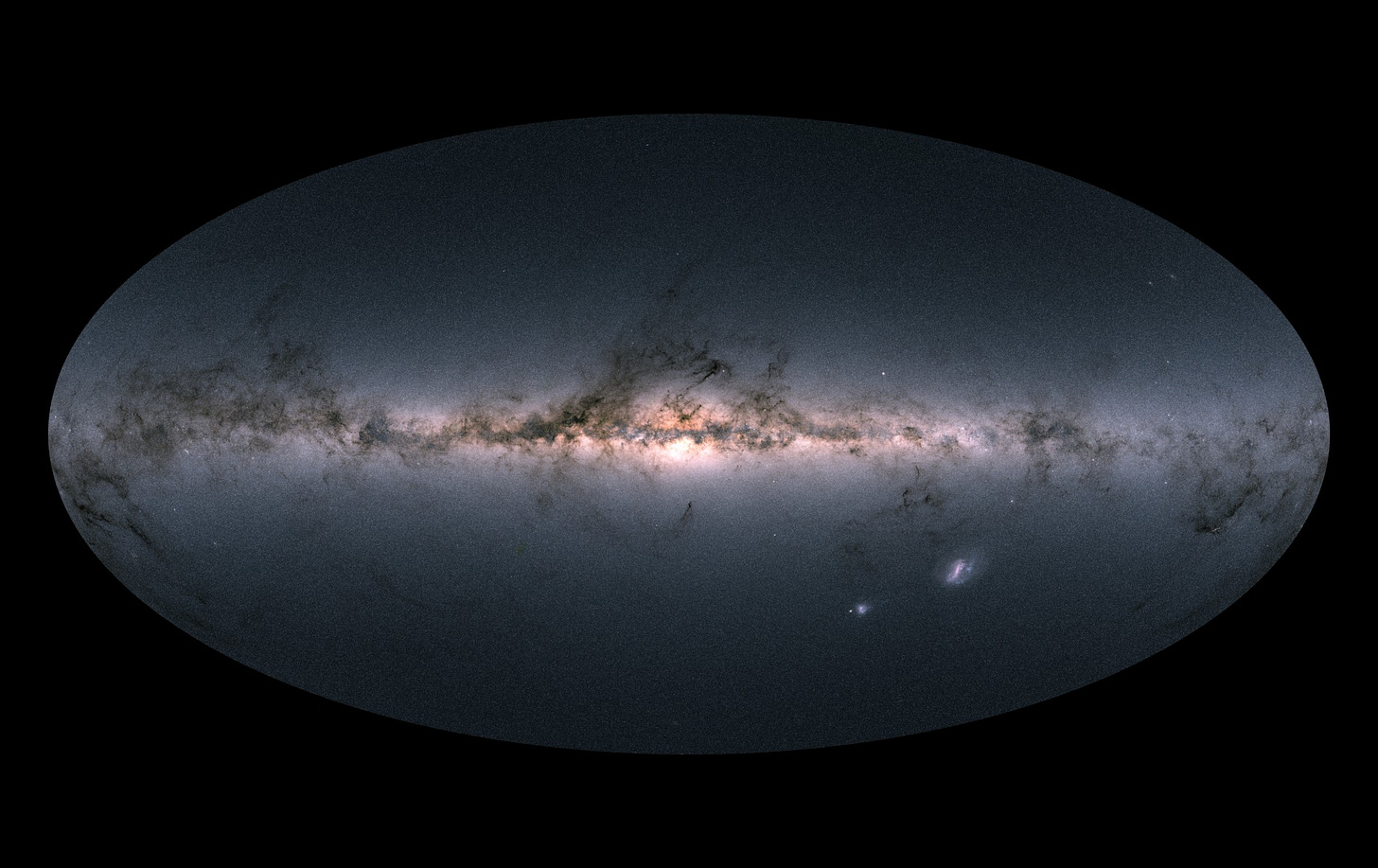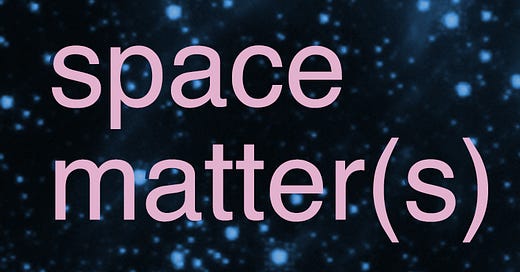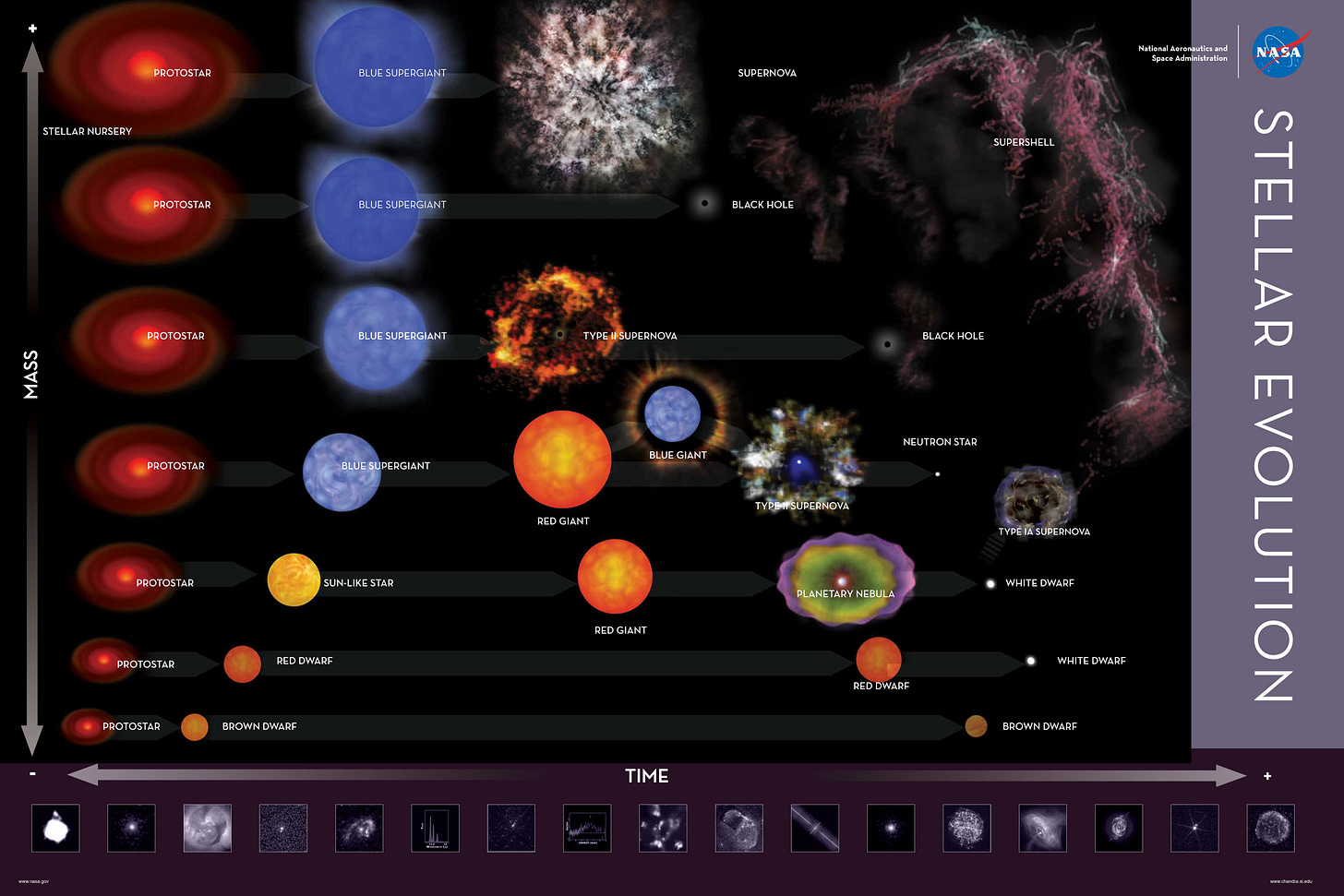here we are again (!)
Hello Earthlings.
Do we have any alpha centaurians following here yet?
oh, ok, maybe by the next volume 🤞 - could you tell your friends on exoplanets about this fun funny newsletter too, please?
So. I’m not freaking out or anything, but, I discovered a dust devil on Mars this week.

I have browsed through Mars rover’s daily raw image photo dumps maybe once a month on average for about a decade. I have always dreamed of being the first to spot something like this from the public archives. Citizen Science at its best. COME ON!! You could see why then, I was shocked to find that after days of trying to tweet @NASAPersevere//@NASA//@NASAJPL etc… I had gotten no response re my finding.
I decided to tweet @elakdawalla (Emily Lakdawalla), a badass planetary scientist//space crafter//writer//asteroid!!! Look her up. She is totally top cool. She was kind enough to reply to me and confirm my suspicion about the dust devil.
Therefore, I am unofficially pronouncing the dust devil spotted by Percy on Sol 153 the RRRDD.
Thank you Emily. I would like to space craft with you.
let’s go
volume (2):
Indy Raella Jones and the ancient planetary relics on White Dwarf Stars (!)
I came here to rant about White Dwarfs holding onto artifacts of the planets they gobbled up in their awesome explosions/transitions to white dwarfs, but then I figured this was the perfect opportunity to talk about the life of a star in general.
We got into it a little bit about protostars in volume (1), but let’s talk about the whole life cycle of a star (which turns out is kind of beautifully also the circle of life in the Universe, you’ll see). Baby stars are born from clumps of dust and gas in space gravitationally binding together. As the baby protostar continues its proto sequence (stars like our sun can continue to form for tens of millions of years!) it continues eating up material from the cloud of gas and dust from which it came. Stars vary in their initial masses (i.e. they eat more or fewer [mostly] hydrogen atoms from their nursery cloud). But regardless of their size, all stars go through a similar life cycle.
Once stars have danced and twirled and gathered all they will gather from their cloud feasts, their collapsed cores ignite, become active, and reach stability - genuine stardom. Our sun is a G-type main sequence star, also called a yellow dwarf. It has shined for over 4.6 billion years, every billion years it is estimated to have grown 10% brighter than the billion years before. That would mean the sun is currently almost 50% brighter than it was when the solar system was first formed(!).
I’m getting a little ahead of myself though, we should talk about the cores of stars some more. What you need to know is that the life of a star from here on out depends mainly on these two things :
its core; which is constantly fusing hydrogen into helium in one of two ways
its mass; which directly relates to its core and appears to contribute to how quickly the star uses up its cores energy and therefore moves through its life cycle.
The rule seems to be - the more massive the star, the quicker it shines out its fuel, the faster it evolves towards the end of its life. On the flip side, some of the smallest stars in the universe can have lifetimes older than the universe itself (13.77 billion years!).
Our sun is in the smaller range as far as stars go. The sun will continue to shine as we know it for another few billion years before it runs out of hydrogen to fuel its core. What I haven’t mentioned yet is that this whole time, part of the stability of genuine stardom means that the effects of the nuclear fusion inside the star and the force of gravity acting upon it had been equal. Equilibrium. And, bear with me, I promise things are about to get pretty exciting(!), when the hydrogen runs out, so too does the equilibrium.
Don’t worry though, the resulting contraction due to gravity winning raises the sun’s core temperature enough to start fusing helium (more fuel!). The sun will then begin to expand out to about the orbit of Venus or perhaps Earth (a transition that will likely take a few hundred millions of years). It will transform from the sun we know and love into what is called a red giant star. A red giant can reach 100x to 1,000x times the size of the sun today(!), hence the sun’s growth to about the orbit of Earth.

For about a billion years, the sun will continue to burn as a red giant. Yes. The sun will have, at this point, consumed Mercury, Venus, Earth and probably Mars. But Jupiter et al. orbiting past the asteroid belt will likely move away from the expanding sun (!) - their orbits growing wider. While the rocky planets of the solar system are very unlikely to survive this era of the sun, the so-called habitable zone of the sun will change in favor of the outer planets. Places like Enceladus, Europa, Titan, Ganymede maybe dare I even say Pluto?(!) Ok I might be stretching it with Pluto… But the moons of Jupiter and Saturn could truly be the perfect places for life as we know it to thrive during the sun’s red giant phase.
Finally, after all the helium fuel is gone and all that’s left is heavier elements like oxygen and carbon, the forces of gravity will once again take over and the sun will shred its outer layers into space in a beautiful planetary nebula until it reveals the suns core. When the sun’s core is fully exposed it is called a white dwarf. This is the sun’s “final phase in life”. Once a white dwarf, all the material left in the sun is packed into a volume of about one millionth(!) the original size of the star. Super dense object. It will burn for a while as “white hot” before reaching its ultimate stability as a “dead star”.

The sun formed of dust and gas. It grew stable and burned via nuclear fusion for billions of years. It ran out of its original fuel and started to transform into something different and bigger - a red giant, and assimilated some planets along the way. It ran out of fuel again, and as it shed its layers of accrued atoms put on a beautiful display known as a planetary nebula. It then completed its life cycle and entered the final phase where it will die - the white dwarf phase.
Maybe it’s sounding a little more doom and gloom to you than I intended. But…

Nothing in the universe happens in isolation despite its largess. The sun might feel like its all alone now, but who knows (astronomers are calculating as I type) who might come visit the sun of the future. There are only about a few billion stars in the Milky Way that could come on by the sun to visit. It is common that the interaction of two dead stars brings about the life of many new stars. Sometimes a (dead) white dwarf can feed off of a (still alive) binary companion. Pulling material away from its companion due to its immense mass, just to expunge it back out to space. Gravitationally speaking, white dwarf stars have an effect everywhere they go due to their massive super dense nature. And I like to think that at some point every white dwarf gets a chance to bring about new baby stars from their own stellar graveyards. After all, stars are just made of clumps of dust and gas in space right?
So goes the circle of stardom in the Universe.
Moon Pic of the Week(!)
Don’t Miss Out (!)
The Moon is moving to daytime viewing this week as it wanes while Jupiter and Saturn continue to shine bright all night.
“ We are just an advanced breed of monkeys on a minor planet of a very average star. But we can understand the Universe. That makes us something very special.” - Stephen Hawking









